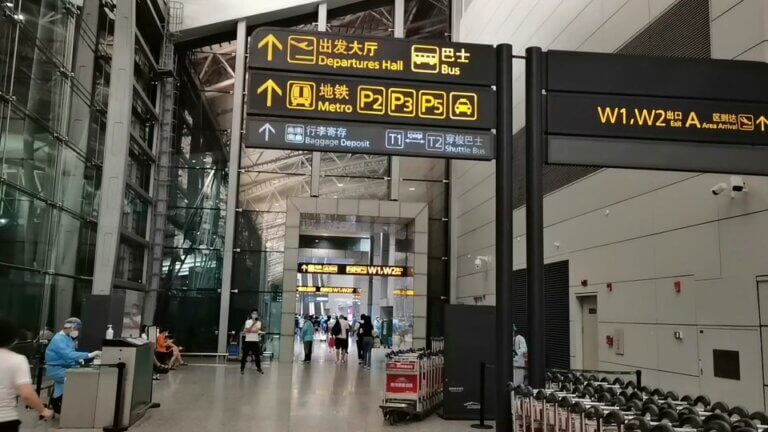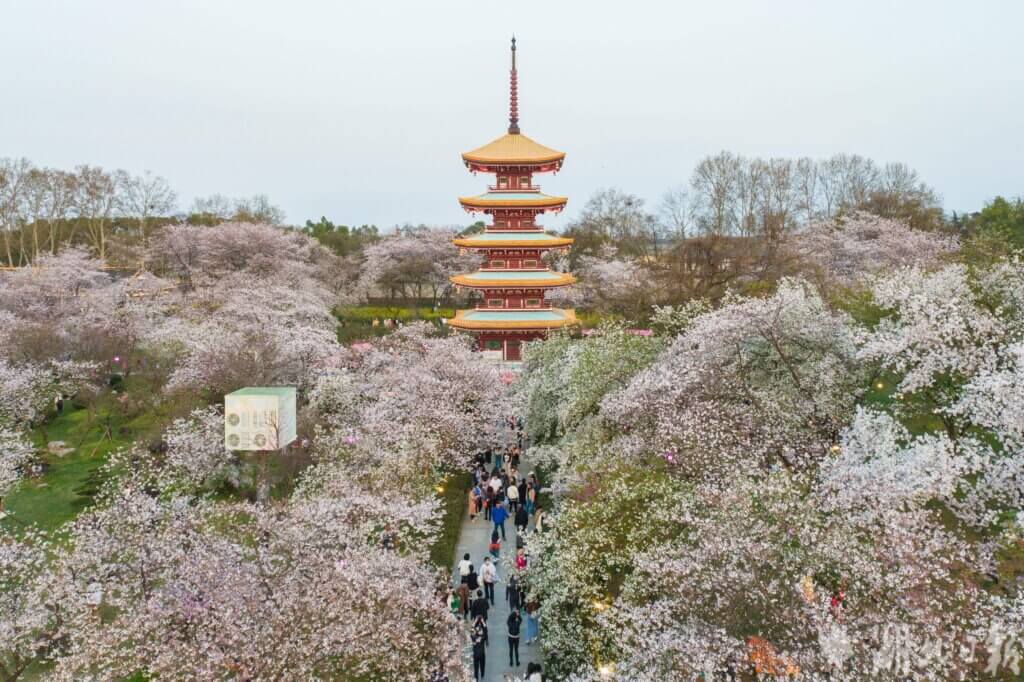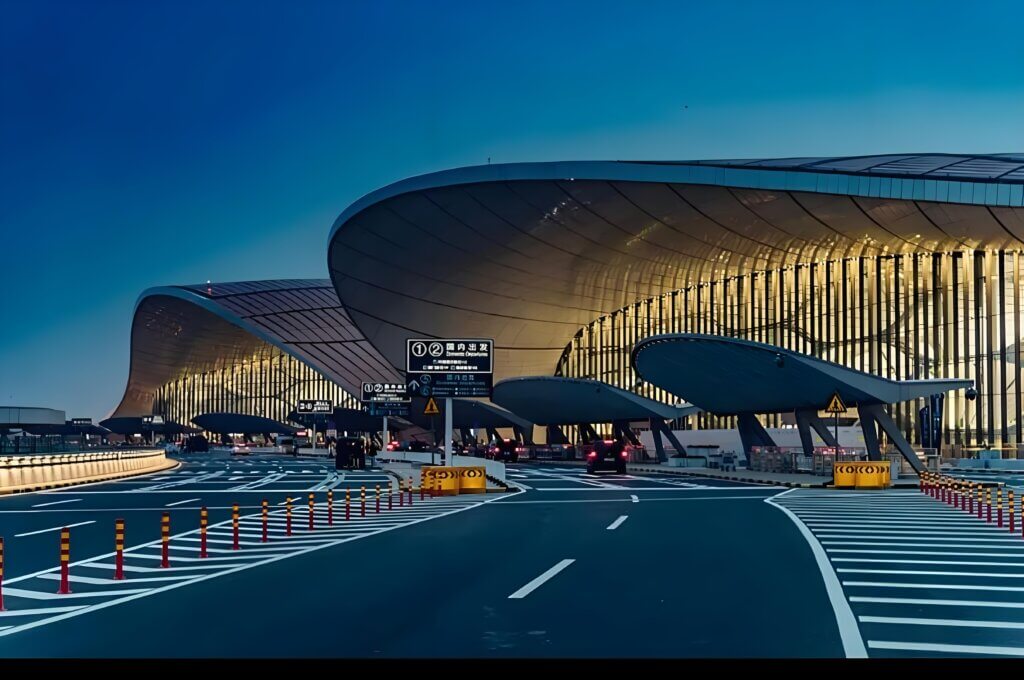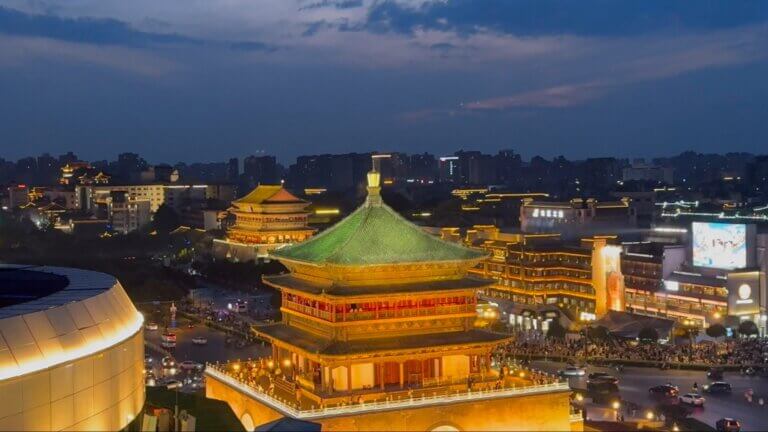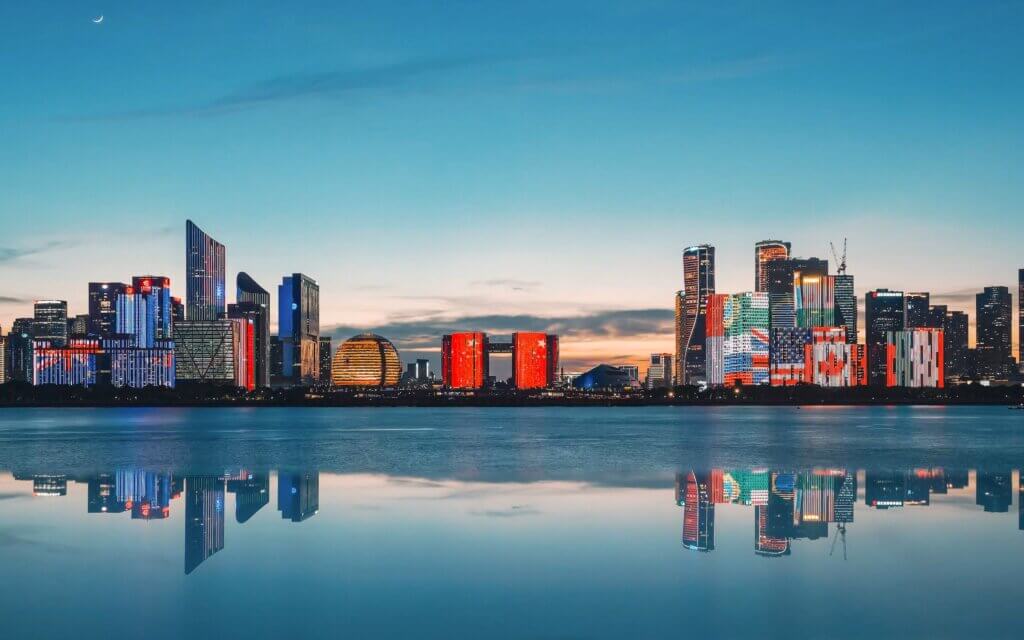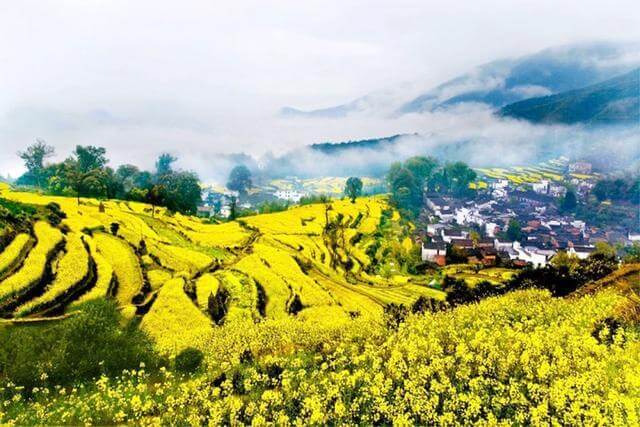
Introduction
March in China is a whispered secret – a time when winter’s chill fades into pastel-hued mornings, and the land awakens with stories etched in misty mountains and blooming valleys. For travelers craving authenticity over crowds, I’ve crafted two immersive routes that blend cultural soul-stirring with spring’s fleeting beauty. Let’s wander beyond the postcards.
1. Yunnan’s Yuanyang Terraces: A Mirror to Heaven
Why March?
The Hani people’s 1,300-year-old rice terraces transform into liquid art during March. Flooded fields mirror skies, creating surreal landscapes where clouds dance on water.
Deep Dive Experiences:
- Sunrise at Duoyishu
Arrive before dawn. Watch the terraces ignite in gold and rose, framed by mist. Local guides ($10/hike) share Hani folklore of dragons shaping these “stairs to the sky.” - Village Homestays
Sleep in a traditional mushroom-shaped house ($30/night). Learn to cook crossing-the-bridge noodles with Mrs. Li, whose family has farmed here for 18 generations. - Market Day in Xinjie
Every Sunday, ethnic Yao and Yi traders sell indigo-dyed fabrics and wild honey. Bargain gently – that embroidered belt ($8-15) took 3 months to stitch.
Budget Tip:
Skip the 150grouptours.TaketheKunming−Hekoubus(12) to Yuanyang, then rent an e-bike ($5/day) to explore hidden viewpoints.
2. Wuyuan’s Yellow Symphony: Where Blooms Meet History
Why March?
China’s “most beautiful village” becomes a Van Gogh painting in March, with 50,000 acres of rapeseed flowers blazing under Hui-style rooftops.
Cultural Layers:
- Jiangling’s Flower Sea
Walk elevated boardwalks (free) through waves of yellow. Pro photographers swear by the 5:30 AM “blue hour” shots, when fog clings to ancient camphor trees. - Qinghua Ancient Town
This 9th-century inkstone hub hides Song Dynasty workshops. Try grinding Huizhou ink ($25/set) with Master Wang, whose ancestors supplied emperors. - Rainbow Bridge at Sunset
Built in 1137 without nails, this wooden marvel glows amber at dusk. Nearby, street vendors sell sticky rice with wild herbs ($2) – a taste of Ming Dynasty fieldworkers’ lunches.
Local Secret:
Hike the 8-mile Wangkou to Likeng trail (free). You’ll pass watermills, clan temples, and farmers who’ll invite you for green tea ($0 – but leave a small gift).
Why These Routes Work
- Crowd-Free Luxury
Unlike Beijing or Shanghai, these areas retain their rhythm. In Yuanyang, you’ll share sunrise with maybe 10 quiet souls; in Wuyuan, homestay hosts still leave pears from their gardens on your pillow. - Cost Efficiency
Daily budgets hover at 50−70,includingtransport,meals,andmodestlodgings.FlightsfromLAtoKunming/Nanchangstartat550 round-trip in March. - UNESCO-Approved Soul
Both sites are World Heritage candidates, preserving traditions like Hani’s moon worship and Hui’s woodcarving – experiences no museum can replicate.
Conclusion
March in China isn’t about ticking landmarks; it’s about tracing the creases of a 5,000-year-old silk map. Whether you’re chasing light on Yuanyang’s watery canvases or losing yourself in Wuyuan’s golden labyrinths, these routes promise what AI can’t generate – the warmth of a shared bowl of tea, the ache of beauty that lingers long after petals fall.
Pack light, bring curiosity, and let spring’s quiet China rewrite your travel story.
